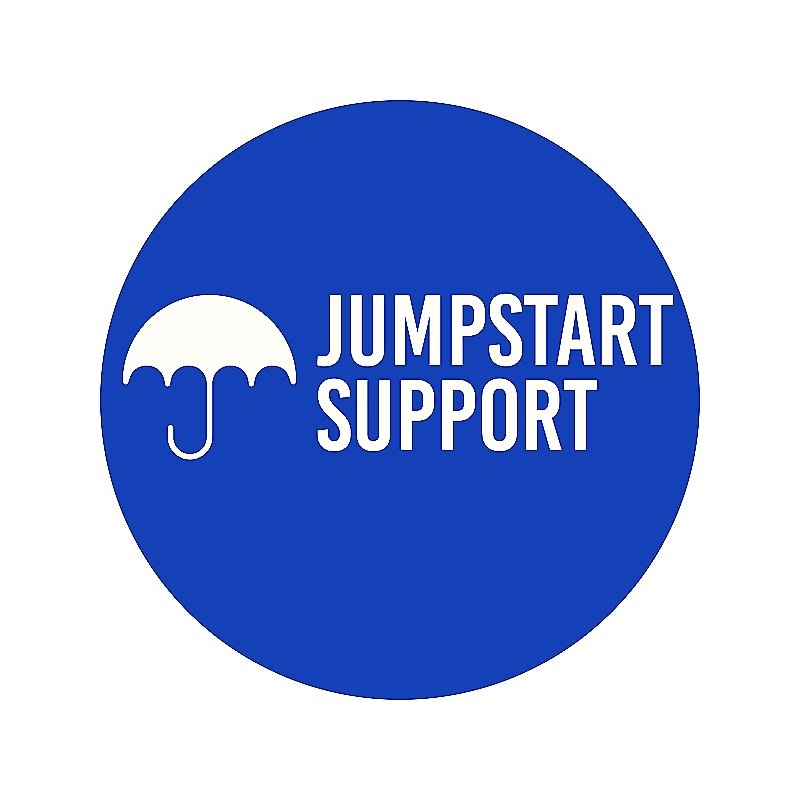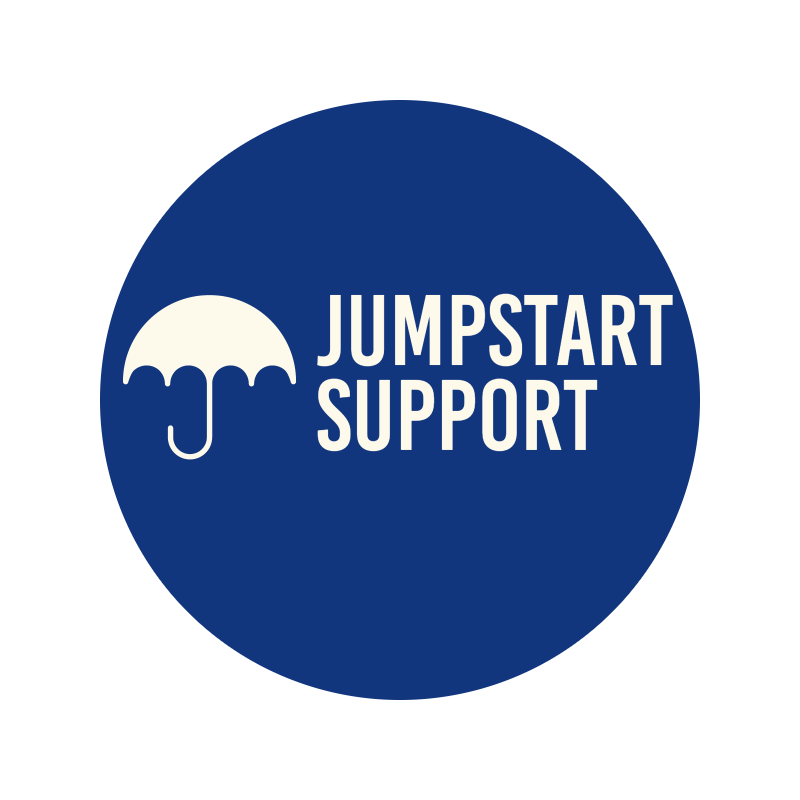Mastering Neurodiversity in Recruitment: A Comprehensive Guide for Employers
The complexity and dynamism of the modern workforce demand inclusivity strategies that go beyond lip service to diversity and actively integrate individuals with a spectrum of cognitive abilities. Neurodiversity, the recognition of variations in neurodevelopment within the human population, is a concept that has been gaining traction in the employment sector, calling for a paradigm shift in how employers approach recruitment and workplace culture.
In this guide, we will explore the what, why, and how of neurodiversity in the workplace. From understanding the varied landscape of neurodiverse conditions to implementing best practices in recruitment and fostering a supportive work environment, this resource is designed to help recruitment professionals and HR managers champion neurodiversity within their organisations.
The Significance of Neurodiversity in the Employment Sector
Understanding neurodiversity is more than a compliance issue; it is a crucial foundation for creating a vibrant, innovative, and high-performing workforce. By tapping into the unique strengths of neurodiverse individuals, companies can benefit from fresh perspectives, enhanced problem-solving abilities, and a broader range of talents.
Defining Neurodiversity
Neurodiversity encompasses a range of conditions that are often viewed through a deficit-based lens but offer distinctive strengths. Autism, ADHD, dyslexia, and various syndromes fall under this umbrella. Individuals with neurodiverse conditions may have different communication styles, sensory processing, and cognitive functioning, which can positively contribute to a team's diversity.
The Benefits of a Neurodiverse Workforce
Organisations that foster a neurodiverse work environment enjoy a myriad of benefits. Research indicates that neurodiverse teams are more adept at complex problem-solving, often outperforming homogenous groups. Additionally, a commitment to neurodiversity can bolster an organisation's reputation and appeal to a customer base that values inclusivity.
Understanding Neurodiverse Job Seekers
To effectively recruit neurodiverse talent, it is essential to have a clear insight into the experiences and challenges that these individuals encounter in the employment process.
Common Neurodiverse Conditions
Neurodiverse job seekers can present with a variety of conditions. Autistic candidates, for example, may excel in pattern recognition and attention to detail, while those with ADHD might channel hyperfocus into high productivity in certain domains. Dyslexic individuals often demonstrate creativity and strong holistic thinking skills.
Recruitment and Workplace Challenges
Despite their unique abilities, neurodiverse individuals often face significant barriers in finding and maintaining employment. These hurdles can include bias in the recruitment process, inaccessible workplaces, and a lack of understanding around appropriate accommodations.
Best Practices in Neurodiverse Recruitment
Inclusive recruitment practices are key to attracting and hiring neurodiverse talent. This section will outline actionable strategies for adapting hiring processes to be more neurodiverse-friendly.
Adapting Recruitment Processes
Rethinking how we evaluate potential hires is the first step in creating an inclusive talent acquisition process. Using alternative methods such as work trials, portfolio assessments, or skills-based interviews can provide a more accurate reflection of a candidate's potential.
Creating Attractive Job Postings
The language and format of job postings can inadvertently deter neurodiverse candidates. Clear, unambiguous language that focuses on the role's outcomes and expectations, rather than on specific skills and experience, is more likely to resonate with a diverse audience.
Interview and Assessment Strategies
Conventional interviews can be stressful for neurodiverse individuals. To mitigate this, employers can offer choices in how interviews are conducted, provide questions in advance, or allow for additional time to process and respond. In assessment centres, incorporating a range of tasks that cater to diverse strengths can level the playing field for all candidates.
Nurturing a Neurodiverse Work Environment
Hiring neurodiverse talent is only the beginning. Once recruited, it is vital to create a work environment that supports the varying needs of all employees.
Workplace Accommodations
Reasonable accommodations are adjustments to a job or work environment that enable employees to perform their roles. For neurodiverse employees, these may include flexible work arrangements, noise-cancelling headphones, or assistive technology.
Training and Awareness Programs
Educating staff about neurodiversity dispels misconceptions and fosters an environment of respect and understanding. Training can also include practical tips for working effectively with neurodiverse colleagues and building inclusive teams.
Case Studies in Neurodiversity Initiatives
Exploring real-world examples of organisations that have successfully implemented neurodiversity programs can provide valuable insights. Case studies can inspire ideas and demonstrate the positive impact such initiatives can have on team dynamics and business outcomes.
Legal and Ethical Considerations
Compliance with anti-discrimination laws and regulations is non-negotiable. Understanding the legal framework around neurodiversity in the workplace helps employers uphold the rights and dignity of all employees.
Legislation and Guidelines
Laws such as the Americans with Disabilities Act (ADA) in the United States or the Equality Act 2010 in the UK protect the rights of neurodiverse individuals in the workplace. Familiarising yourself with these statutes and their requirements is essential for creating policies that support neurodiversity.
Ethical Responsibility
Beyond legal obligations, companies have an ethical duty to create equal opportunities for all potential hires. This involves examining internal practices for bias, implementing corrective measures, and continually striving for a more inclusive work environment.
Conclusion: Taking Steps Towards Inclusivity
The call to action is clear. For recruitment professionals, HR managers, and employers, the task ahead is to integrate the principles of neurodiversity into every aspect of the hiring and employment lifecycle. From crafting inclusive job postings to providing supportive work environments, the opportunities to celebrate neurodiverse talents are boundless.
Addressing neurodiversity in the workplace is not an isolated initiative; it is part of a broader movement towards diversity, equity, and inclusion. By committing to these principles, organisations can harness the full potential of their employees and create workplaces that are not only successful in a business context but truly enriching for all who call them home.
Join the frontrunners in the inclusive recruitment revolution – reach out today at Jumpstartsupport.com to take the first steps towards a more diverse and vibrant workforce.

